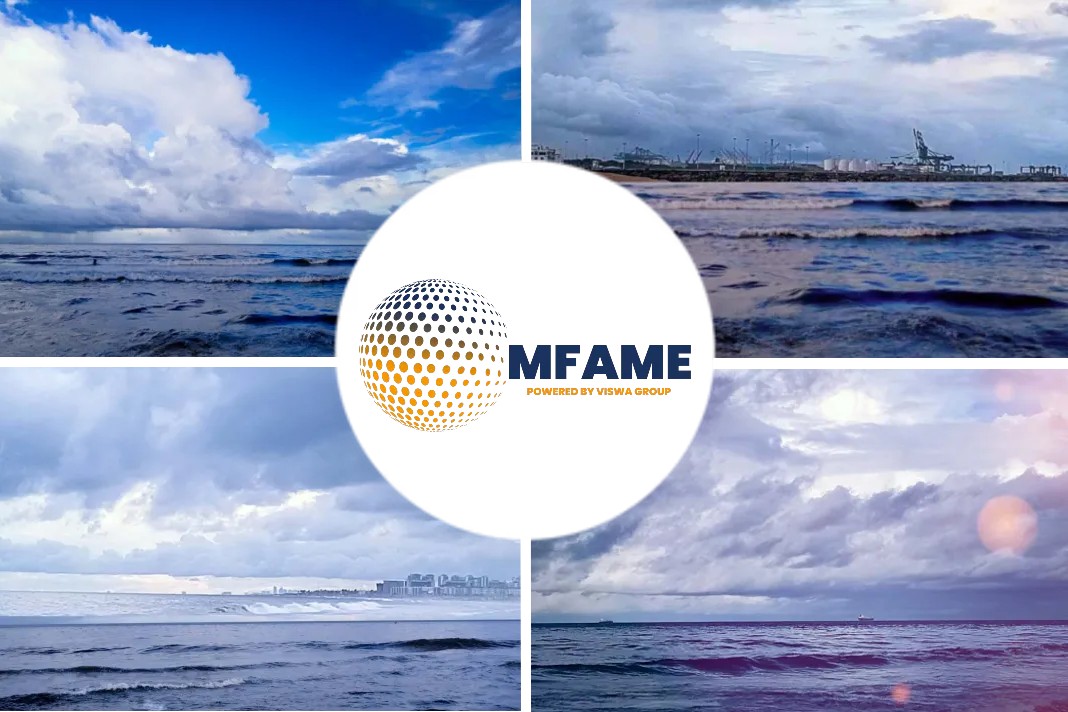The countdown to compliance is upon us, and many unanswered questions about ballast water regulation requirements remain, writes DeNora Water Technologies General Manager Dr Stelios Kyriacou for an article published in Riviera Maritime Media.
IMO and industry should debate
Dr Stelios Kyriacou says, we are all acutely aware of the countdown to compliance. Much has been made of the various types of ballast water treatment systems available: the pros and cons, the deadlines and the costs, both immediate and on-going.
But we are yet to be told what is expected of us when it comes to regulatory compliance and ballast water indicative sampling and instrument certification.
Many unanswered questions remain, and the time is ripe for IMO and industry to step forward and debate.
IMO to prioritise and decide
Decide on an Industry standard
In its MEPC paper Harmful aquatic organisms in ballast water, a summary of currently available ballast water indicative analysis instruments (MEPC 74/4/INF.18), IMarEst has done a fantastic job of exploring the available indicative analysis instruments for ballast water testing.
It is now up to IMO to prioritise and decide on an industry standard, in order for shipowners, port state control and port authority officers to make an informed decision when it comes to testing and performance monitoring.
Decide on sampling procedure
From an industry perspective, IMO must decide how sampling is to take place, what the standard parameters should be for accessing samples, who is responsible for completing the sample, and what are the consequences of non-compliance?
Evaluation of various kits differing results
At last count, there are at least 12 portable ballast water fast evaluation kits available on the market. Some might even say we are spoilt for choice. They are each a product of extensive research and development based on sound scientific evidence and testing.
But if we lined them all up and used them on a control sample, you can bet they would come back with differing results.
It is not a simple question of which one has worked and which has not, more which is testing for what? If we were to expand our control sample further, perhaps to include water that has been treated using different methods, it is safe to say we would end up with far more questions than when we began.
Differing methods adds to complexities
As those in the industry will know, treated ballast water is the product of complex biological processes. Differing methods of treatment only add to this complexity.
Kit selection
So, a selection of kits based on their own unique methodologies does little to aid standardisation.
Language
Furthermore, the language we use to outline and describe the process needs to be consistent and clearly defined.
There are significant differences between gathering, sampling, analysing and evaluating.
Undefined parameters will give very little insight
We can gather and test all we like, but it will provide us very little insight into analysis and evaluation unless we have clearly defined parameters for sample size and frequency of data collection.
Testing for one organism or another has value, but in the realms of science and legislation, it means very little without due process.
We could examine phytoplankton cell density, in line with current IMO D2 and USCG discharge standards, but neglect to look for non-photosynthesising zooplankton.
Non-oxygenating organisms
Are we safe to assume the presence of non-oxygenating organisms in a ballast tank is not a risk to compliance?
There are plenty more iterations that have the potential to cause significant contention, and for shipowners on the front line, it is vital that we take steps towards clarity and a cohesive approach.
Who should collect the samples?
Practically speaking, we still need to decide who should be collecting these samples. The only way we can hope to guarantee true impartiality is through independent assessors, trained in yet-to-be-agreed upon methods of standardisation and practice. Then, of course, we also have to consider the role of port state control officers, as the lynch-pins between the testers and the technical experts assessing the samples.
IMO’s guidance
If, hypothetically speaking, a ship fails to meet compliance, due to current rulings surrounding undue delays,
- Will port authorities be mandated to communicate this to the next port en route?
- And what then?
- What are the implications for shipowners and their ballast manufacturers?
At De Nora, Dr Stelios Kyriacou says they are of the firm belief that in order for them to move forward, they need some concrete answers to all of the above. Though we have our own opinions on best practices – ultimately, it is up to IMO to provide us with some direction.
Webinar to debate
Dr Stelios Kyriacou says they can advise shipowners
- on the best treatment system for their vessels
- support them with choosing the right system, in line with the living structure of their vessel,
- carry out successful installations and
- offer on-going support for maintenance and up-keep.
It is time for debate, to join as the conversation begins, click here.
Ballast Water Treatment Beyond Certification webinar details
TITLE: Ballast Water Treatment Beyond Certification
DATE: 25 November 2019 3:30 PM – 4:30 PM GMT
PARTICIPANTS:
Mark Cameron, chief operating officer at Ardmore Shipping Limited; Carsten Ostenfeldt, managing director, Anglo-Eastern (Germany) GmbH; Philip Roche, partner, Norton Rose Fulbright; Dr Stelios Kyriacou, general manager – ballast water management systems – De Nora Water Technologies; Guillaume Drillet, regional business development manager – marine services; Tim Wilkins, environmental director, Intertanko.
Did you subscribe to our daily newsletter?
It’s Free! Click here to Subscribe!
Source: Riviera Maritime Media
























